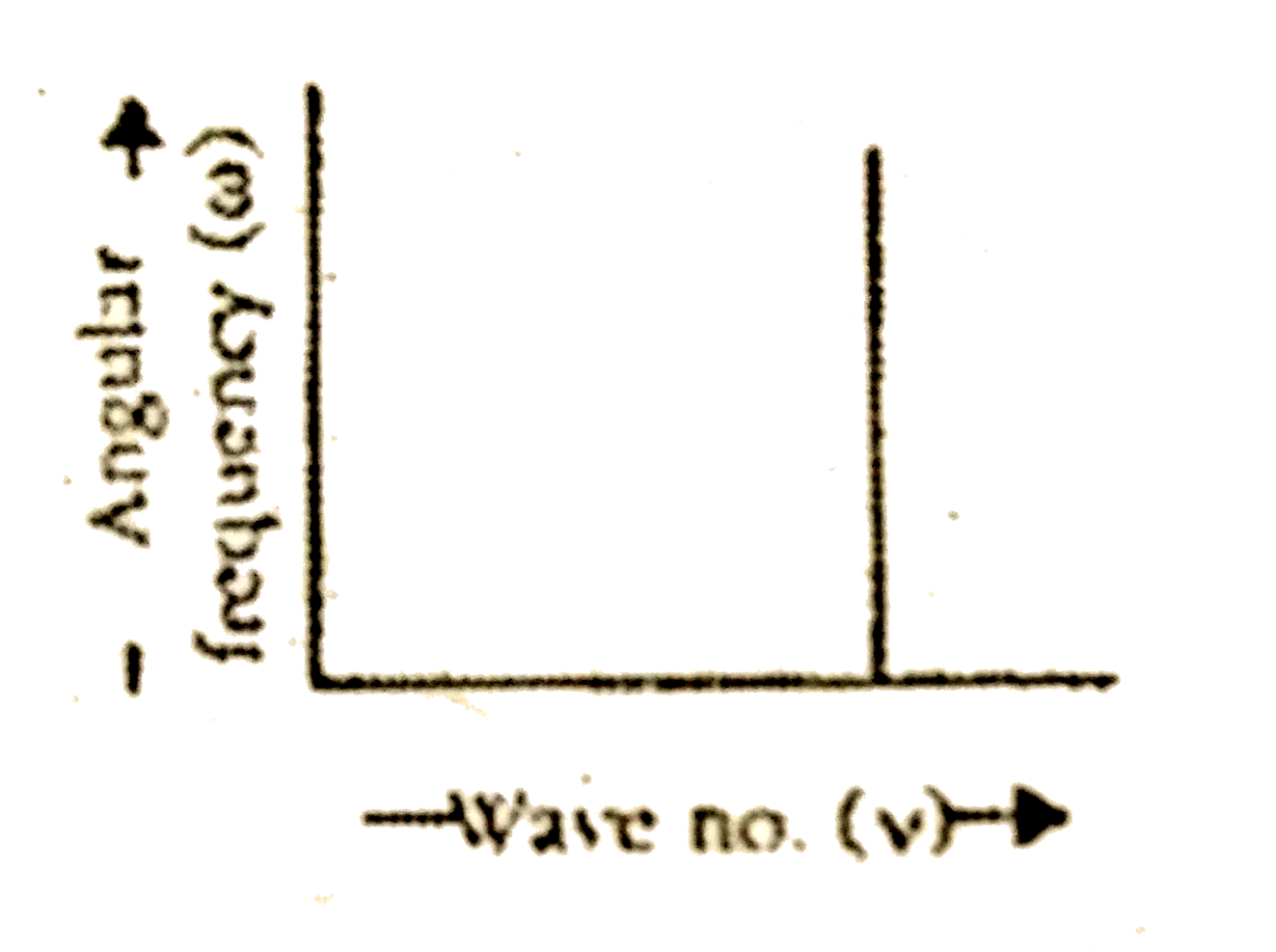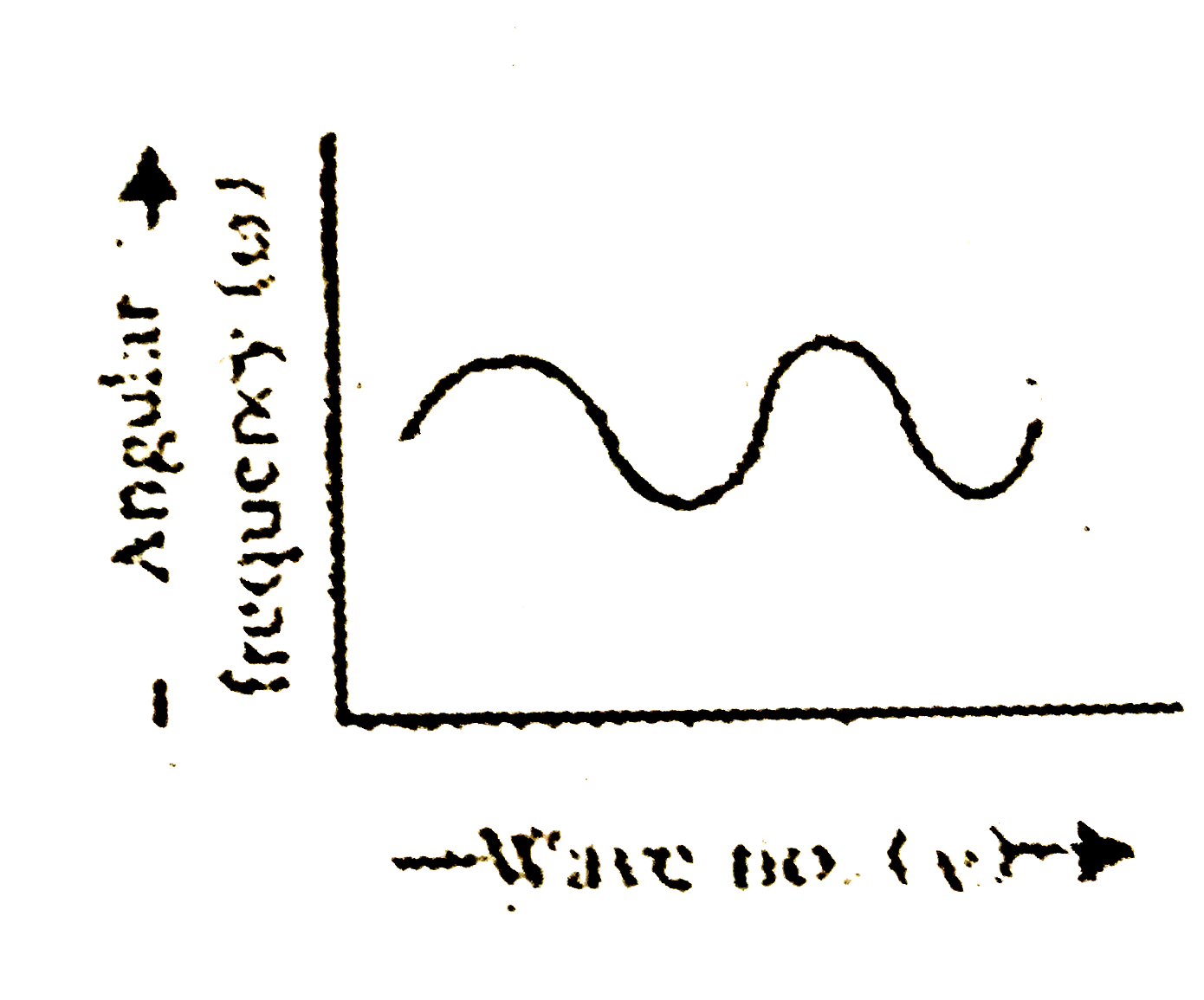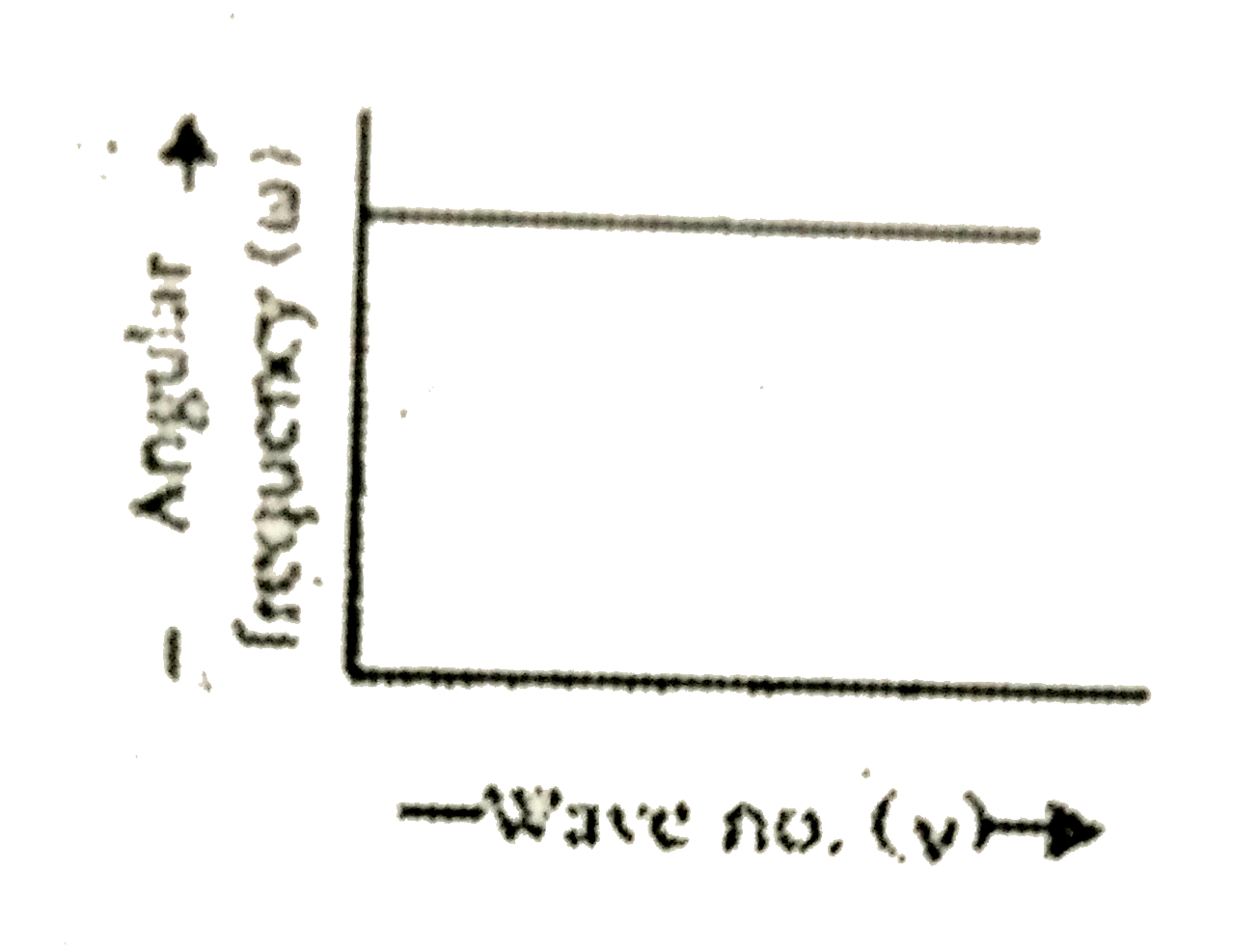In a chain of identical atoms the vibration frequency ω depends on wave number kas ω=ωmaxsin(ka/2), where ωmax is the maximum vibration frequency ω, a is the distance between neighbouring atoms. Making use of this dispersion relation, find the dependence of the number of longitudinal vibrations per unit. frequency interval on ω i.e., dN/ω, if the length of the chain is l. Having obtained dN/ω, find the total number N of possible longitudinal vibrations of the chain.
If the chain has N atoms, we can assume atom number 0 and N+1 held ficed. Then the displacement of the nth atom has the form
un=A(sinmπL,na)sinωt
Here k=mπL. Allowed frequencies then have the form
ω=ωmaxsinka2
In our from only +vek values are allowed.
The number of models in a wave number range dk is
dN=Ldkπ=LπdKdω
But dω=a2ωmaxcoska2dk
Hence dωqadk=a2√ω2max−ω2
So dN=2Lπadω√ω2max−ω2
(b) The total number modes is
N=∫ωmax02Lπadω√ω2_(max)−ω2=2Lπa.π2=La
i.e., the number of atoms in the chain.
Topper's Solved these Questions
- BOOK - IE IRODOV, LA SENA & SS KROTOVCHAPTER - ATOMIC AND NUCLEAR PHYSICSEXERCISE - Radioactivity35videos
ATOMIC AND NUCLEAR PHYSICS
- BOOK - IE IRODOV, LA SENA & SS KROTOVCHAPTER - ATOMIC AND NUCLEAR PHYSICSEXERCISE - Nuclear Reaction42videos
ATOMIC AND NUCLEAR PHYSICS
- BOOK - IE IRODOV, LA SENA & SS KROTOVCHAPTER - ATOMIC AND NUCLEAR PHYSICSEXERCISE - Properties Of Atom69videos
ATOMIC AND NUCLEAR PHYSICS
- BOOK - IE IRODOV, LA SENA & SS KROTOVCHAPTER - DIRECT CURRENTEXERCISE - All Questions15videos
DIRECT CURRENT
Similar Questions
There is a square membrane of area S. Find the number of natural vibrations perpendicular ot its plane in the frequency interval from ωtoω+dω if the propogation velocity of vibrations is equal to v.
View SolutionFind the number of natural transverse vibration of a string length l in the frequency interval from ω to ω+dω if the propagation velocity of vibrations is equal to v. All vibrations are supposed to occur in one plane.
View Solution
Knowledge Check
- Question 1 - Select One
Which one of the following is the correct relation between frequency/ and angular frequency ω?
Af=πωBω=2πfCf=2ω/πDf=2πω - Question 2 - Select One
The graph between wave number (→v) and angular frequency (ω) is
A B
B C
C D
D
Find the number of natural transverse vibration of a rigtht-angled parallelipoped of volume V in the frquency interval from ω→ω+dω if the propogation velocity of vibrations is equal to v
View SolutionThe ratio of ω/k for a travelling wave (where ω is the angular frequency and k is the angular wave number) is .........
View SolutionIn forcd oscillation of a particle, the amplitude is maximum for a frequency ω1 of the force, while the energy is maximum for a frequency ω2 of the force. What is the relation between ω1 and ω2 ?
View SolutionMaking use of Planck's formula, derive the expressions determining the number of photons per 1cm3 of a cavity at a temperature T in the spectral intervals (ω,ω+dω) and (λ,λ+dλ).
View SolutionThe graph between wave number (→v) and angular frequency (ω) is
View SolutionIn forced oscillation of a particle the amplitude is maximum for a frequency ω1 of the force while the energy is maximum for a frequency ω2 of the force, then .
View Solution
